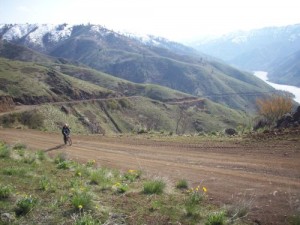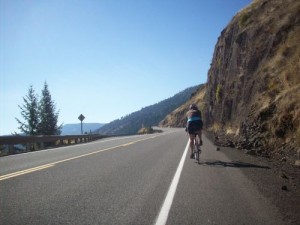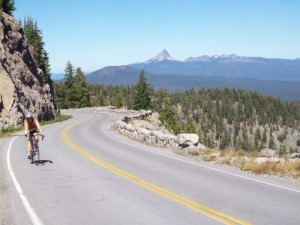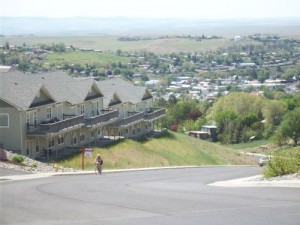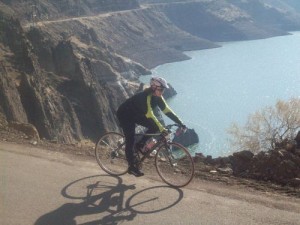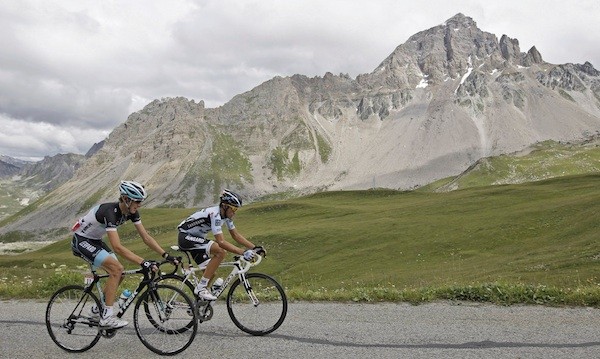 It’s no secret that cycling is an incredibly potent method of exercise, and it’s actually considered one of the most effective forms of cardio on the planet. Training your body to perform to its fullest potential is something that most competitive cyclists strive for, and just a few extra seconds of energy can spell the difference between a confident win, and losing out as your heart rate struggles to keep up with your pace!
It’s no secret that cycling is an incredibly potent method of exercise, and it’s actually considered one of the most effective forms of cardio on the planet. Training your body to perform to its fullest potential is something that most competitive cyclists strive for, and just a few extra seconds of energy can spell the difference between a confident win, and losing out as your heart rate struggles to keep up with your pace!
What the Professionals Say
If you ask any experienced cyclist about maintaining energy, they’ll say that it’s all about pacing yourself. The human body is capable of extraordinary things, and with particular exercise techniques, it’s entirely possible to improve the way that your heart, lungs and blood pressure work. In standard terms, these techniques are referred to as cardio, but what you might not know is that other forms of exercise can be even more effective.
Training your Body with Tension Exercises
If you haven’t come across ‘tension exercises’ before, then you’ll be pleasantly surprised to read about their potential. Your arms and legs play a huge role in your balance, and although your thighs will often undergo extreme pressure before tiring, there is a technique that can help to promote their endurance and keep you pedaling for much longer.
If you flex your biceps, you’ll notice that the muscle stands out far more prominently. The same could be said for your thighs. As we flex, our muscles are triggered in to action, and it’s this action that stimulates growth. It’s less about lifting heavy weights with your legs, and more about training them to cope with high amounts of pressure for extended periods of time (endurance). Here’s a great exercise that you can try from home:
- Sit down comfortably, and place your legs slightly apart, with your feet flat against the floor
- Keep your back straight, and use a cushion if needed
- Tense/ flex your thigh muscles, so that your heels lift off of the ground and your feet enter a ‘tip-toe’ stance
- Keep your thighs flexed, and hold for 15 seconds – or for as long as you can manage
- Relax your thigh muscles for 5 seconds, and then repeat 3 more times
If performed correctly, your legs will ache almost immediately after exercising, and undertaking this routine just once per day for a week can provide endurance results. The same could be said of your arm muscles, and promoting their endurance will assist with a greater level of control and strength when riding your bicycle.
Enhancing your Cardiovascular Health
It may not be possible to strap a dumbbell to your lungs and build their muscle mass, but it is entirely plausible to encourage them to function at an enhanced rate. If you cycle, then your lungs may already be benefitting, but there’s nothing to say that you couldn’t further train your lungs. The best way to do this is to force the capacity of your lungs to expand over time.
Typical cardio exercises are recommended (running, swimming and cycling), but it’s been proven that deep-breathing techniques can further assist when it comes to expanding the volume of your lungs. So what sort of deep breathing techniques can you try at home? Well there’s always yoga, and this technique helps to expand your lungs, promote muscle growth, and improve your blood flow. There’s also Tai Chi which assists with physical balance, as well as general deep breathing exercises that involve holding your breath for just under a second, before exhaling.
The Benefits
Improved lung capacity results in a greater supply of oxygen. The more freely oxygen can flow around your body, the better your blood pressure will be – and this means an improved performance as far as physical activities go.
When practiced daily, each of these techniques can help to promote an increased rate of functionality, and in terms of cycling, which means an extra few minutes of performance – which can make or break a race result! Before a race, or even preceding a bit of local cycling – it’s always a good idea to prepare your body.
Performing a few simple stretches will help to elongate your muscles, and loosen them ready for the activities ahead. You can also try inhaling deeply 10 times, to encourage your lungs to stretch to their full capacity, and there’s nothing to say that you can’t continue this breathing while you cycle to keep your heart rate steady.
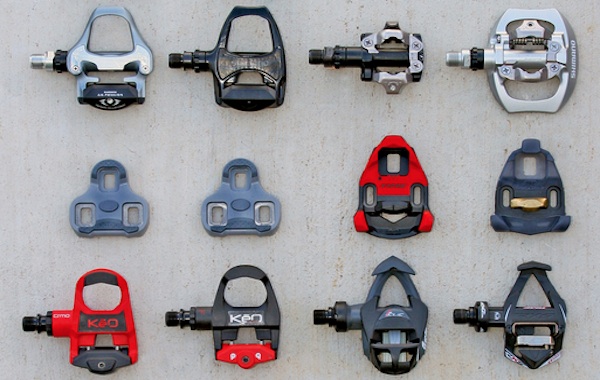 Clipless pedals are a pedal system that keeps your foot attached to the pedal of your bicycle with a spring-loaded system similar to that of a ski binding. Traditional pedals, those with flat sides that are ridden with everyday shoes, can allow your feet to slide around and even off the pedal resulting in a sore shin or potentially a crash. Clipless pedals are a three part system that not only keeps your foot from sliding off the pedal but also provides
Clipless pedals are a pedal system that keeps your foot attached to the pedal of your bicycle with a spring-loaded system similar to that of a ski binding. Traditional pedals, those with flat sides that are ridden with everyday shoes, can allow your feet to slide around and even off the pedal resulting in a sore shin or potentially a crash. Clipless pedals are a three part system that not only keeps your foot from sliding off the pedal but also provides 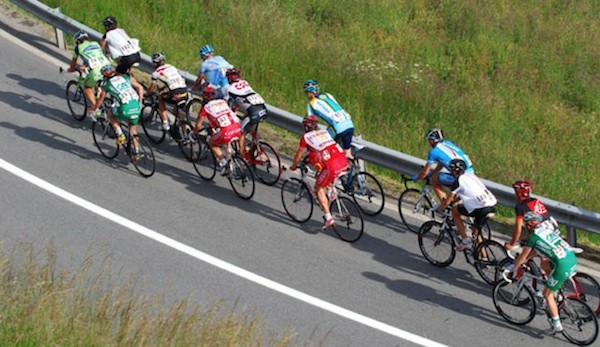
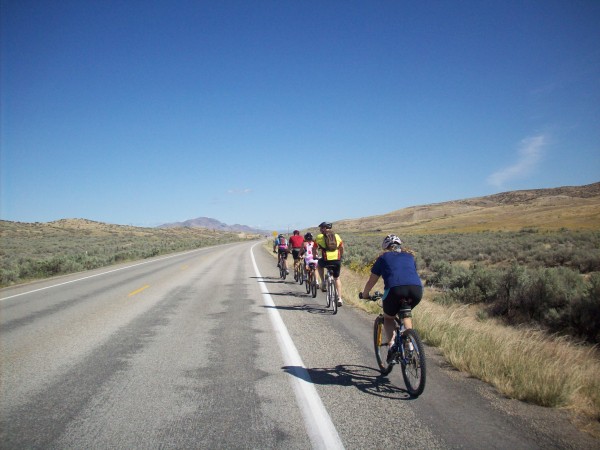
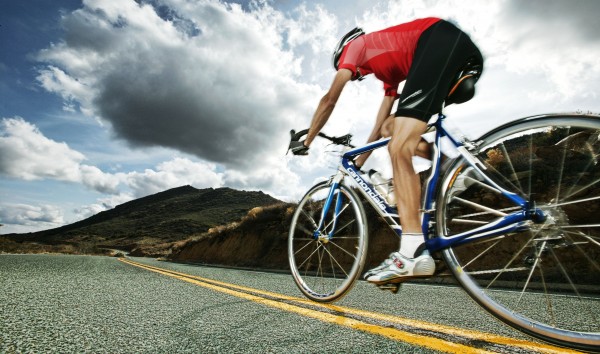 Before you head out on your bike ride there are several things you’ll need to accomplish before you go, including checking that you have everything you may need. You’ll also want to do a quick maintenance check, especially if you haven’t done one in a while and your
Before you head out on your bike ride there are several things you’ll need to accomplish before you go, including checking that you have everything you may need. You’ll also want to do a quick maintenance check, especially if you haven’t done one in a while and your 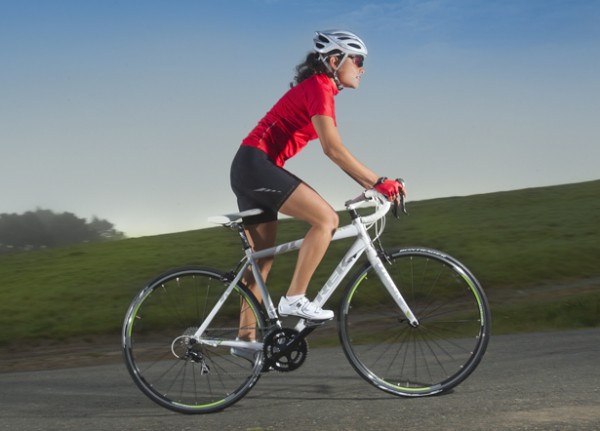 Getting into a new sport can be difficult both physically and mentally. Cycling is no exception to this and while there are plenty of tips that you can get for new cyclists, not all of them are specific or even helpful to women. For example, many new women cyclists can struggle with confidence in group riding or with understanding the intricacies of a good bike fit. Here’s the top 10 tips for new female cyclists.
Getting into a new sport can be difficult both physically and mentally. Cycling is no exception to this and while there are plenty of tips that you can get for new cyclists, not all of them are specific or even helpful to women. For example, many new women cyclists can struggle with confidence in group riding or with understanding the intricacies of a good bike fit. Here’s the top 10 tips for new female cyclists.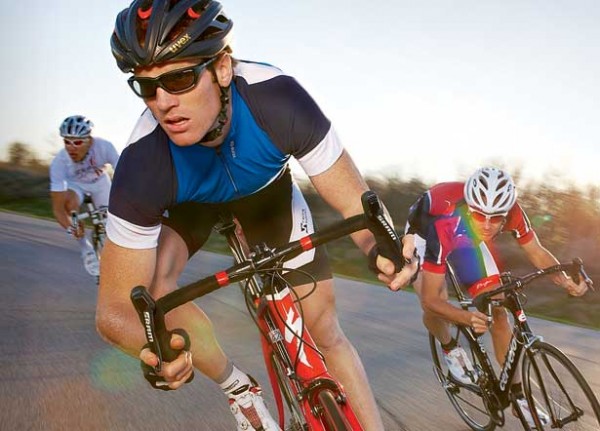 When you first start out as a biker there are several things you can only gain from experience. There are other things that feel like a well kept secret that once you know, makes riding so much easier on you. Here’s some of the top cycling secrets.
When you first start out as a biker there are several things you can only gain from experience. There are other things that feel like a well kept secret that once you know, makes riding so much easier on you. Here’s some of the top cycling secrets.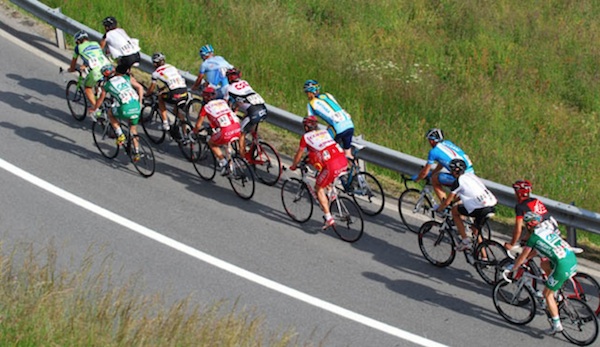 Biking alone is actually much easier than biking in a large group. The tips in this article will list some general rules for biking in large groups for fun and not as a race. Group rides and races are two separate events and require two sets of skills. Keeping that in mind, here are some tips for biking in large groups.
Biking alone is actually much easier than biking in a large group. The tips in this article will list some general rules for biking in large groups for fun and not as a race. Group rides and races are two separate events and require two sets of skills. Keeping that in mind, here are some tips for biking in large groups.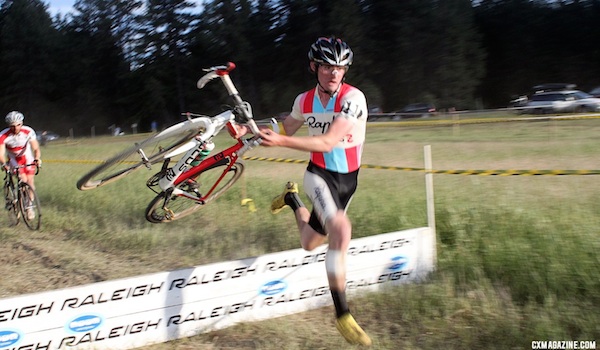 The endless number of accelerations, steep ride up’s and run up’s, barriers, as well as the intensity of cyclocross racing all add up to create a sport within cycling that is very demanding on your legs. Road or mountain bike fitness is great for coming into a season of cyclocross but adding in a variety of workouts will help you to better adapt to the racing as well as to set you up to do well. Cyclocross races are short so the training for it doesn’t have to be long either. You can do a variety of workouts which are hard and intense but also fun in a short amount of time a few times a week.
The endless number of accelerations, steep ride up’s and run up’s, barriers, as well as the intensity of cyclocross racing all add up to create a sport within cycling that is very demanding on your legs. Road or mountain bike fitness is great for coming into a season of cyclocross but adding in a variety of workouts will help you to better adapt to the racing as well as to set you up to do well. Cyclocross races are short so the training for it doesn’t have to be long either. You can do a variety of workouts which are hard and intense but also fun in a short amount of time a few times a week.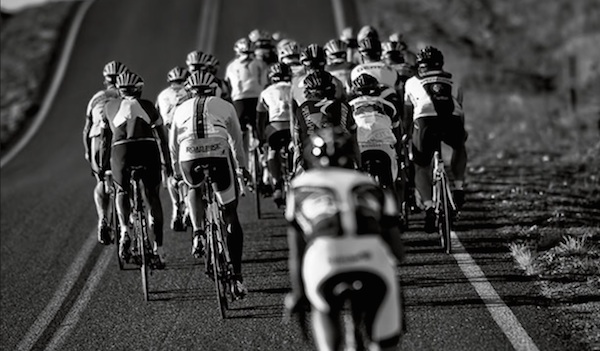 Have you been asked to go on a group ride that you know will be too easy for you? You won’t have to find an excuse to get out of it and awkwardly meet the group on the road going opposite directions when using these quick tips on how to make an easy group ride hard.
Have you been asked to go on a group ride that you know will be too easy for you? You won’t have to find an excuse to get out of it and awkwardly meet the group on the road going opposite directions when using these quick tips on how to make an easy group ride hard.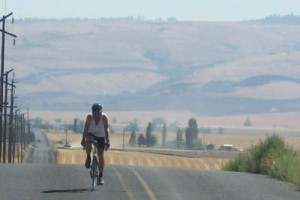 fire. You’re going to make it — you feel awesome. You have the power, determination, ability and skill to own this hill.
fire. You’re going to make it — you feel awesome. You have the power, determination, ability and skill to own this hill.